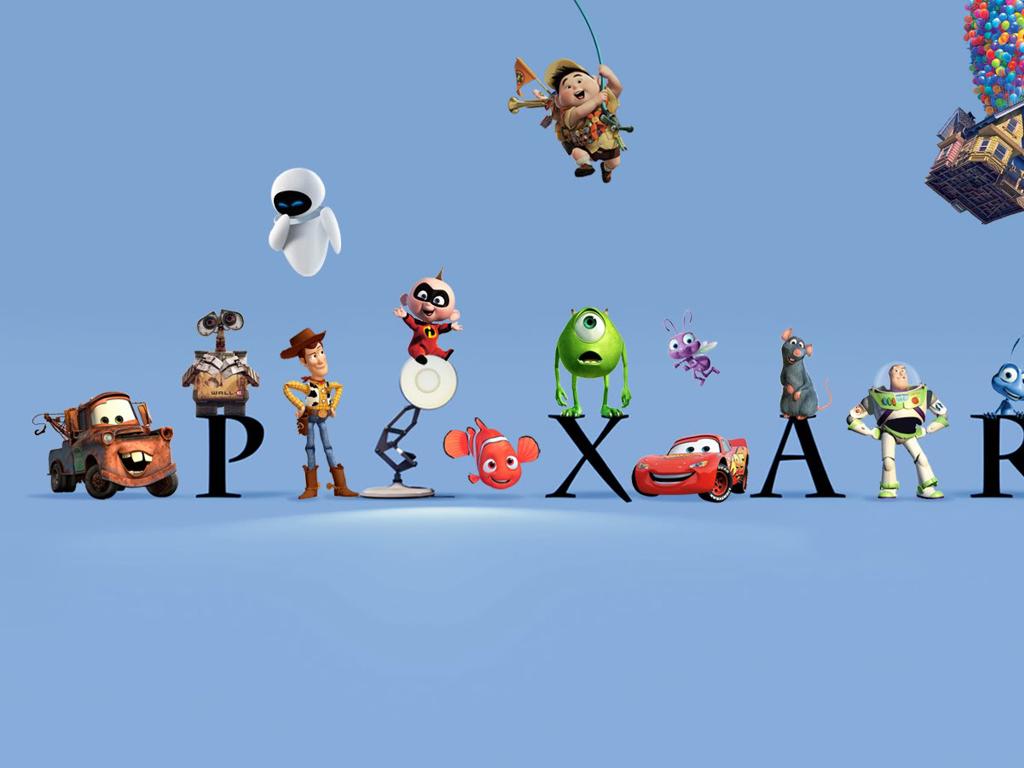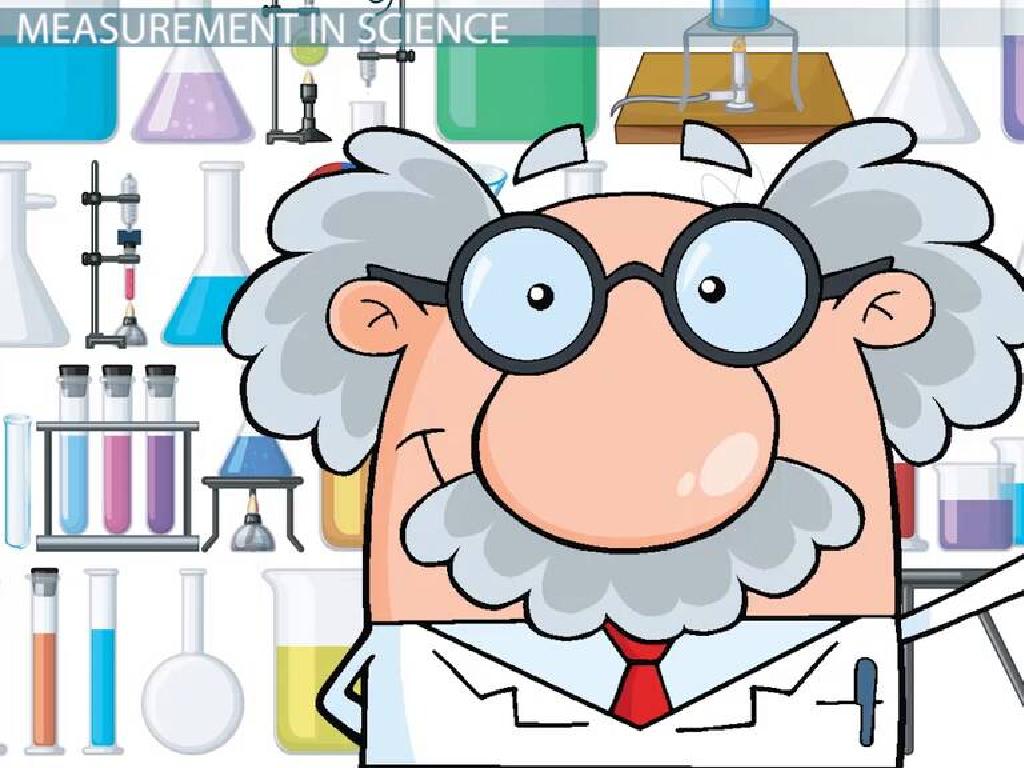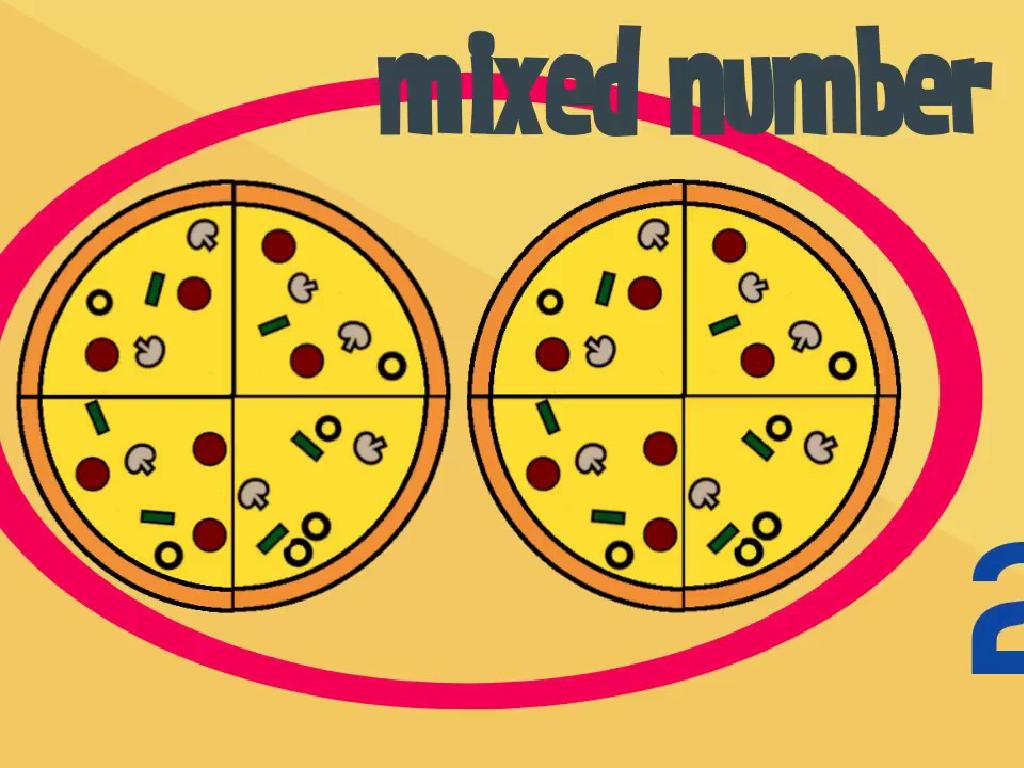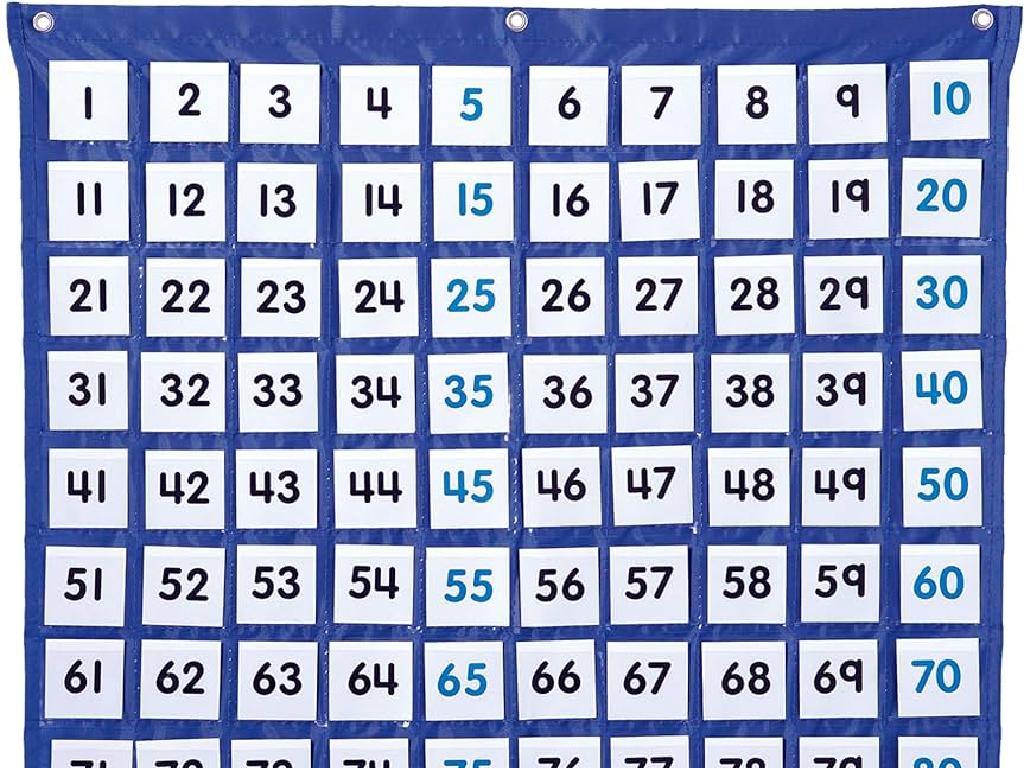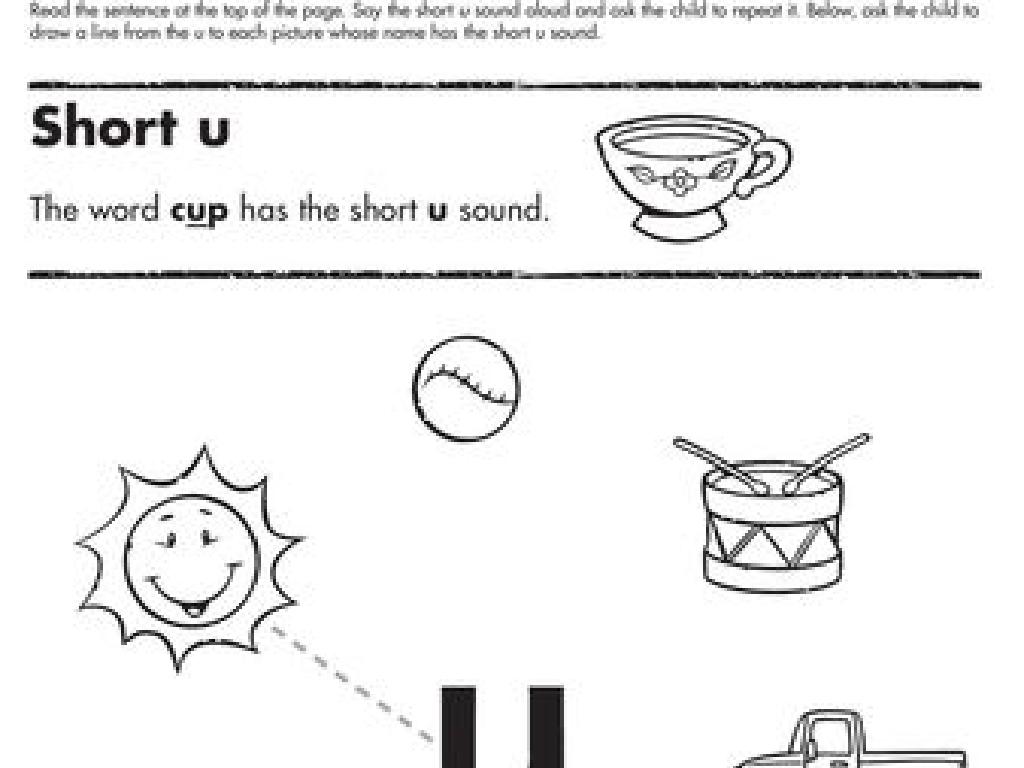Compare Fossils To Modern Organisms
Subject: Science
Grade: Eighth grade
Topic: Fossils
Please LOG IN to download the presentation. Access is available to registered users only.
View More Content
Welcome to the Past!: Introduction to Fossils
– What are fossils?
– Fossils are preserved remains or traces of ancient life.
– Types of fossils
– Common types include petrified bones, imprints, and preserved organisms in amber.
– Significance of studying fossils
– Studying fossils helps us understand past life forms and environments.
– Fossils and Earth’s history
– Fossils provide a timeline for the evolution of species on Earth.
|
This slide introduces students to the concept of fossils and their importance in understanding the history of life on Earth. Fossils, which are the preserved remains or traces of organisms from the past, come in various forms and provide critical evidence for the evolution of species. By studying fossils, scientists can reconstruct ancient environments and trace the changes that have occurred over millions of years. This knowledge is crucial for understanding the diversity of life on Earth and the processes that have shaped our planet’s history. Encourage students to think about how fossils can be like pieces of a puzzle that, when put together, tell the story of Earth’s past.
Exploring Fossils and Modern Organisms
– Define fossils in science
– Fossils are preserved remains or traces of ancient life.
– Types: body and trace fossils
– Body fossils: actual remains; Trace fossils: footprints, burrows, etc.
– Understand fossilization process
– How organisms become fossils over time through natural processes.
– Comparing fossils to modern life
– Analyze similarities and differences between ancient and current organisms.
|
Begin the lesson by defining fossils, emphasizing that they are the preserved remains or traces of organisms from the past. Introduce the two main types of fossils: body fossils, which are the actual remains like bones or shells, and trace fossils, which are evidence of the organism’s activities, such as footprints or burrows. Explain the process of fossilization, including how it can take thousands to millions of years for organic material to be replaced by minerals. Encourage students to think critically about how fossils provide evidence for evolution by comparing the characteristics of fossils to modern organisms, noting both similarities and differences. This comparison can lead to a deeper understanding of how species have adapted over time.
Fossils vs. Modern Organisms: Clues to Evolution
– Compare fossils to living species
– Look for structural similarities in bones and shapes
– Analyze differences to understand evolution
– Differences may indicate environmental changes or adaptations
– Living fossils: Coelacanth, Horseshoe Crab
– Coelacanth and Horseshoe Crab have remained unchanged for millions of years
– Evolutionary insights from living fossils
– Study of living fossils helps us understand species’ resilience and adaptation
|
This slide aims to highlight the relationship between ancient fossils and modern organisms, providing insight into the evolutionary process. By comparing the physical characteristics of fossils with those of current species, students can identify similarities that suggest a common ancestry. Differences, on the other hand, can shed light on the evolutionary adaptations that have occurred over time due to environmental pressures. Living fossils like the Coelacanth and Horseshoe Crab serve as tangible examples of species that have undergone little to no change, offering a unique perspective on stability and change in the evolutionary timeline. Encourage students to think critically about how these comparisons can inform our understanding of life’s history on Earth.
Interpreting Fossils: Windows to the Past
– Fossils as clues to past environments
– Scientists study fossils to learn about Earth’s climates and habitats millions of years ago.
– Fossils in geologic time scale
– Fossils help us organize Earth’s history into different time periods.
– Dating fossils: methods and techniques
– Techniques like radiometric dating determine a fossil’s age.
– Comparing ancient life with today’s organisms
– Analyzing similarities and differences with current species helps us understand evolution.
|
This slide aims to explain how fossils are not just remains of ancient organisms, but also crucial tools for scientists to reconstruct past environments and understand the history of life on Earth. Fossils contribute to the construction of the geologic time scale, a system of chronological dating that relates geological strata to time. Discuss the various methods used to date fossils, such as relative dating and radiometric dating, and how these methods provide an estimate of a fossil’s age. Emphasize the importance of comparing fossils to modern organisms to comprehend evolutionary changes over time. Encourage students to think about how the Earth has changed and how life has adapted in response to those changes.
Fossil Evidence and Evolution
– Fossils: snapshots of the past
– Fossils provide a record of ancient life and support the theory of evolution.
– Fossils demonstrate changes
– By comparing fossils from different periods, we can see how species have changed.
– Case study: Horse evolution
– The horse’s ancestry shows gradual changes in size and hoof structure over millions of years.
– Understanding evolutionary paths
|
This slide aims to explain how fossils can be used as evidence for evolution, showing the progression of life forms over time. Fossils, preserved remains of once-living organisms, offer snapshots of the past and serve as a historical record. By examining these remains, scientists can trace the changes in species, noting adaptations and the emergence of new traits. The evolution of the horse is a classic example, where fossil records show a clear sequence of changes from small, multi-toed ancestors to the large, single-hoofed animals we know today. This case study illustrates the concept of gradual evolution through natural selection. Encourage students to think critically about how these changes might have occurred and what environmental factors could have influenced the evolutionary paths of organisms.
Activity: Fossil Comparison
– Examine fossils and modern specimens
– Identify similarities and differences
– Look for structures like bones or leaves in both
– Discuss the significance of findings
– What do differences tell us about evolution?
– Record observations in science journals
– Use journals to note traits and hypothesize
|
This class activity is designed to engage students in hands-on learning by comparing real or replica fossils with modern organism specimens. Provide a variety of fossils and modern specimens for students to examine. Encourage them to look closely at physical structures and record their observations. Facilitate a discussion on how these similarities and differences can provide insights into evolutionary processes. Possible variations of the activity could include group work to compare findings, creating a classroom display of the comparisons, or researching the organisms’ historical environments. The goal is to help students understand the connection between past and present life forms and the evidence that supports evolutionary theory.
Wrapping Up: Fossils & Modern Life
– Review of today’s fossil insights
– We explored how fossils compare to today’s organisms.
– Q&A: Share your thoughts
– What questions do you have about fossils?
– Homework: Ancient & modern lineage
– Choose a living creature, research its fossil ancestors.
|
As we conclude today’s lesson, we’ll revisit the key points about how fossils provide a window into the past and how they relate to organisms that are alive today. Encourage students to ask any lingering questions they might have, fostering an open discussion that can lead to deeper understanding. For homework, students are tasked with selecting a modern organism and researching its ancient relatives, which will help them apply their knowledge of fossils and evolution in a practical way. This activity will also prepare them for the next class where they will share their findings, promoting research skills and peer learning.

